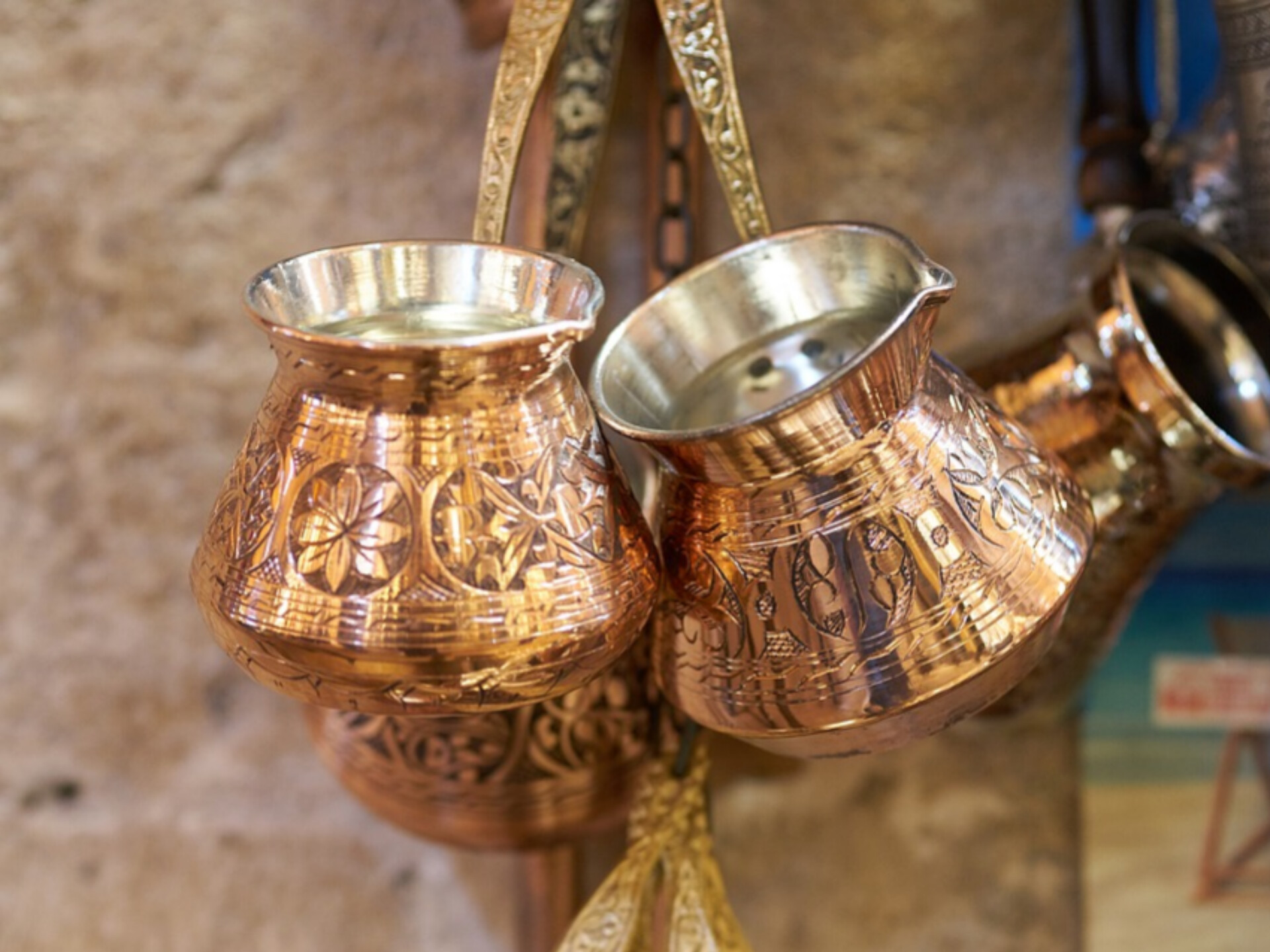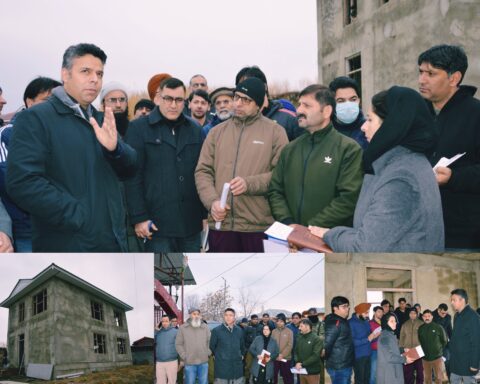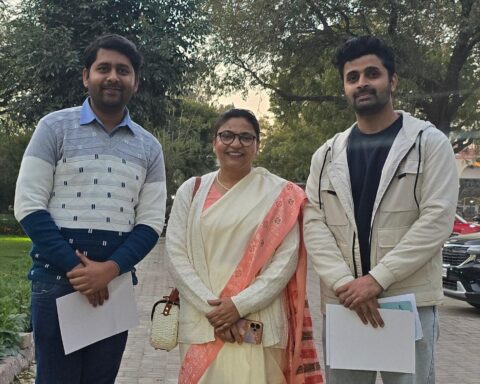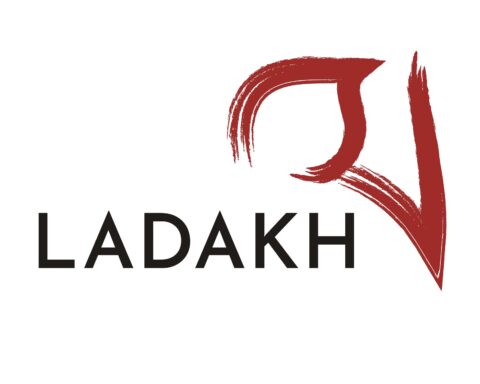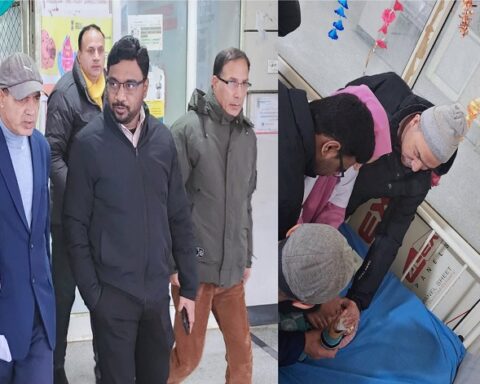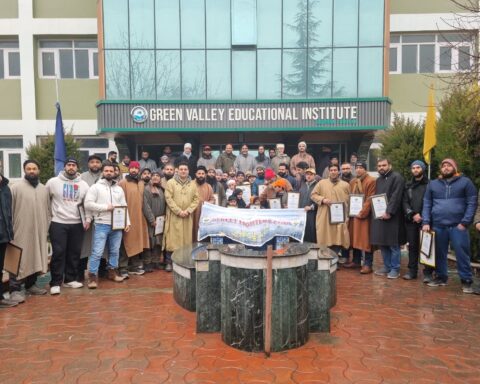Kashmiri copperware is not only a local product — it is the voice of cultural awareness of the Valley. They are masterpieces in the real meaning of the term, which are at present facing the danger of encroachment by mass producers. Conservation of heritage is something that is most needed today, and Kashmiri copperware pots must be put in the limelight once again.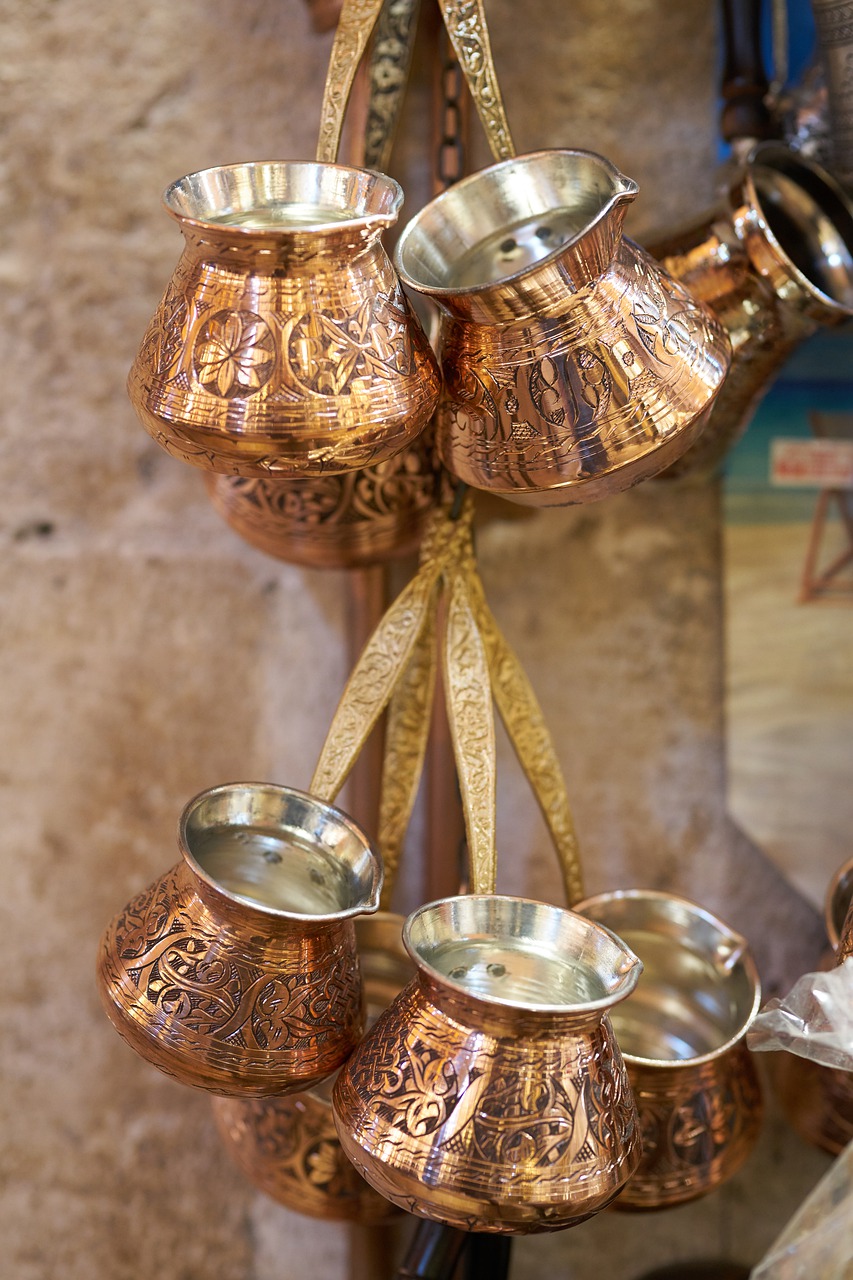
HISTORICAL SIGNIFICANCE
As early as Persian-influenced Mughal-era art, Kashmiri copperware art has endured through the centuries. With time, they got interwoven into day-to-day and ceremonial use. From the exquisitely worked trami to serve the celebrated Wazwan to the small samovar to make tea from ancient days, all of them have their roots in deep within Kashmiri culture. Copperware also served as dowries and heirlooms for families, which were passed from generation to generation. The symbolism of the copperware vessel extended beyond rituals, religious ceremonies, and social rituals, so that they became a part of the social life in Kashmir.
CRAFTSMANSHIP: THE SOUL OF COPPERWARE
The craft of making Kashmiri copperware is a painstakingly laborious process. Professional artisans, usually Khar community members, hand-set to engrave patterns in a method called naqashi. It is a traditional handicraft handed down from generation to generation, and a craftsman passes it on to the next generation, leaving behind an inscription on copper, and producing one genuine piece is as much as the cost of days. Not only is it skill-driven in concept, but it also calls for profound awareness of artistic heritage. These skills are passed on by the older generation to craftsmen, usually through job-related apprenticeship from childhood.
THE THREAT OF MASS PRODUCTION
Today’s markets are full of mass-produced knives and forks, mainly from cities such as Moradabad. Although inexpensive, they are of poor quality as compared to the handmade variety. They are usually misstamped as Kashmiri pieces. Machine-stamped products can mimic antique designs but cannot mimic the finer details and human finishing of real Kashmiri copperware. Excess production of such products has also caused price inflation on real products, and most of the artisans have steered clear of adopting their traditional professions. Lower demand also lowers the number of trained artisans, and thus there is a likelihood of culture loss.
DISTINGUISHING THE GENUINE FROM THE SPURIOUS
Both genuine and imitation copperware is available, so it is a challenge to the buyers to find out the two. Genuine work is typically heavy, with uneven but attractive inscriptions. The flaws are a sign of the craftsman’s hand. Genuine Kashmiri work is reddish-gold in color as compared to machine work, which is light, glossy-colored. Buyers should purchase from known local sources and check for authenticity before purchasing. Labelling and consumer campaigns can help authenticate consumer choice and reduce the impact of fake copies.
OUR ROLE IN PRESERVATION
The preservation of Kashmiri copperware is not entirely the responsibility of the artisans or the merchants. We, as civilized consumers and citizens, need to be champions of original work. Exhibitions, school visits to artisanal complexes, and workshop tourism can initiate awareness and rejuvenation. Colleges and schools can also group artisans to showcase their work, making students alert and even enthusiastic about traditional arts. Social media can also be a further instrument of storytelling, where artisans can sell their products to individuals around the world.
HEALTH, HERITAGE, AND UTILITY
Copper has always been worth it for its health-giving quality. These vessels, far from just being ornamental objects, are actually used to hold water, help cook, and even induce well-being. Copper vessels are strongly advised in Ayurveda texts in order to restore dosha balance and facilitate digestion. Copper vessels are still an integral part of every Kashmiri home — right from conducting ceremonies and weddings to being included in daily meals. Water consumed from copper vessels is believed to increase immunity and purify the body — a custom which continues in most Kashmiri homes.
PROMOTION & PRESERVATION STRATEGIES
State patronage and NGO work also play a big role in keeping alive this very old craft. Financial grants, advertising support, and training courses for artisans all help to bring the public back into interest and infuse fresh energy into the craft. Government Arts Emporium at Kashmir Haat in Srinagar regularly showcases authentic Kashmiri handicrafts — an open forum that can showcase copperware on an equal footing with renowned carpets and Pashmina.
Initiatives such as certified artisan cooperatives, niche market stalls, and certificates of authenticity can grant both protection and recognition to this vulnerable art. Additionally, incorporating weaving copper artisans into tourism operations — including handicraft village walking tours, live demos, or heritage museums — can raise awareness and revenue for the artisans.
EXPORT AND GLOBAL APPEAL
There is a growing global market for copperware-based handicraft, health-friendly, and eco-friendly products. Kashmiri copperware fulfills all three criteria. Export operations, participation in overseas exhibitions, and tie-ups with overseas décor companies would transform Kashmiri copperware into luxury handicrafts. Proper marketing and explanation of the cultural importance of these pots would turn them into collectibles and heritage items rather than just kitchen appliances.
LEARNING FROM OTHER CRAFTS
It is possible to learn from the manner in which other Indian crafts have been reenergized. Marketing Banarasi silk or Pashmina by Geographical Indication (GI) tagging and narrative campaigns has succeeded. It will be the same for Kashmiri copper craftsmen as well. Craft melas, movies, and artist-in-residence schemes will also engage new generations and save traditional wisdom.
THE WAY FORWARD
By Mr. Aubaid Akhoon – A Prominent Educator and Coaching Consultant from Kashmir
“A legacy is bequeathed to us from our ancestors. It is a rich and profound legacy of culture, tradition, and values, which is our identity. It enables us, and even inspires us to live, to help us navigate through the blueprints of life in the ever evolving and modern world of today.
With the modern world interacting more and more globally, especially now, the need to keep in touch with the previous dense roots is a need. One such is the art of copper ware Kashmir – A tradition which is not merely a craft, copper ware Kashmir is a source of pride and identity of our culture and society. Copper ware Kashmir is celebrated for its great beauty and artistry, but of such artistry is the work of Mir Syed Ali Hamadani, who brought copper art to Kashmir, and it has since become a part of our culture. Our great ancestors and the generations of people that not the artisan’s man but shape not only the bronze but the memories, and indeed the tradition. It is such a beautiful tradition that the survival is bound upon our choices. A profound overhaul is needed to embrace; imitative heritage is to give the support of the artisans. Educate for the younger thinkers and integrate heritage and artistry to redefine modernismo.
It is a need of time to support awareness campaigns and avenues for sustainability that directly benefit our craftspeople. Through these efforts, we not only sustain a dying art form, but preserve the essence of our identity.”
About Author
The author is a student and can be reached at [email protected].

